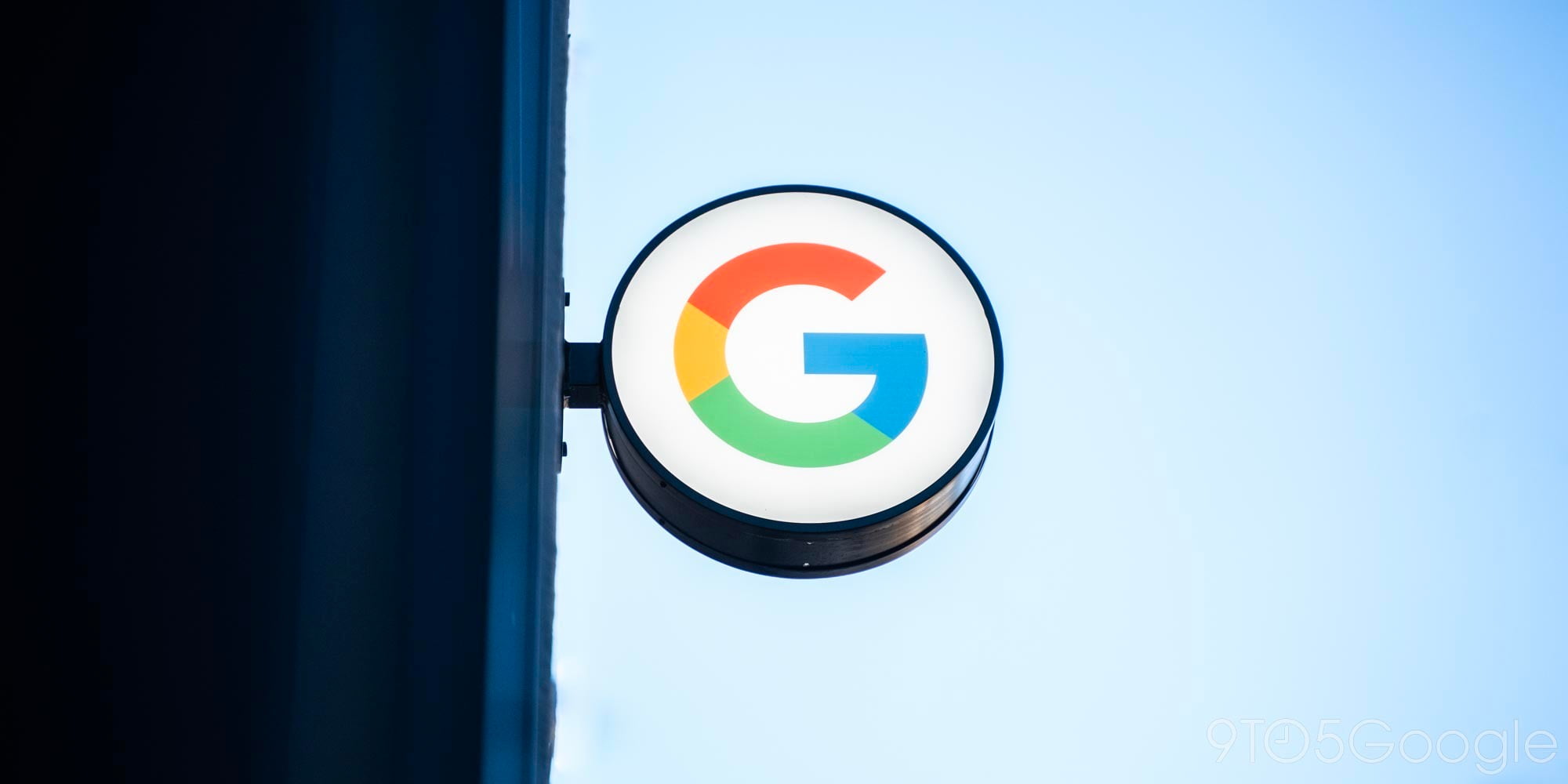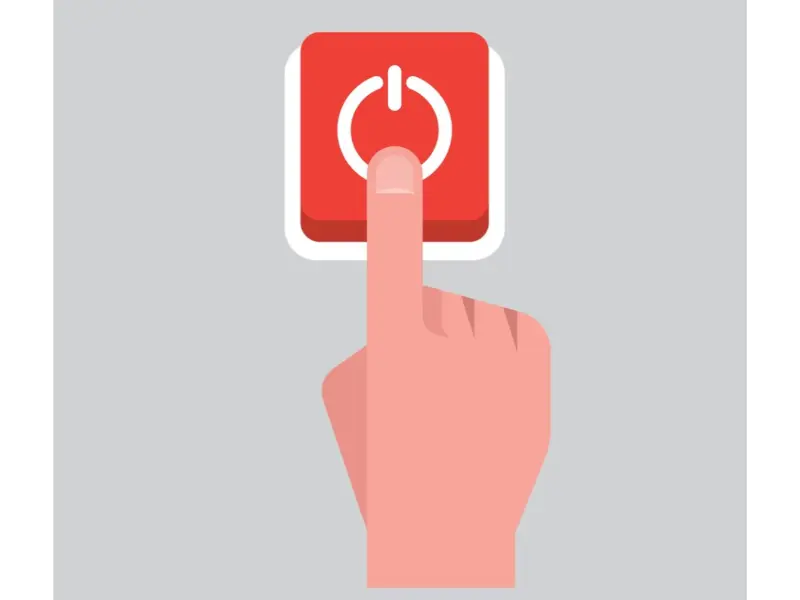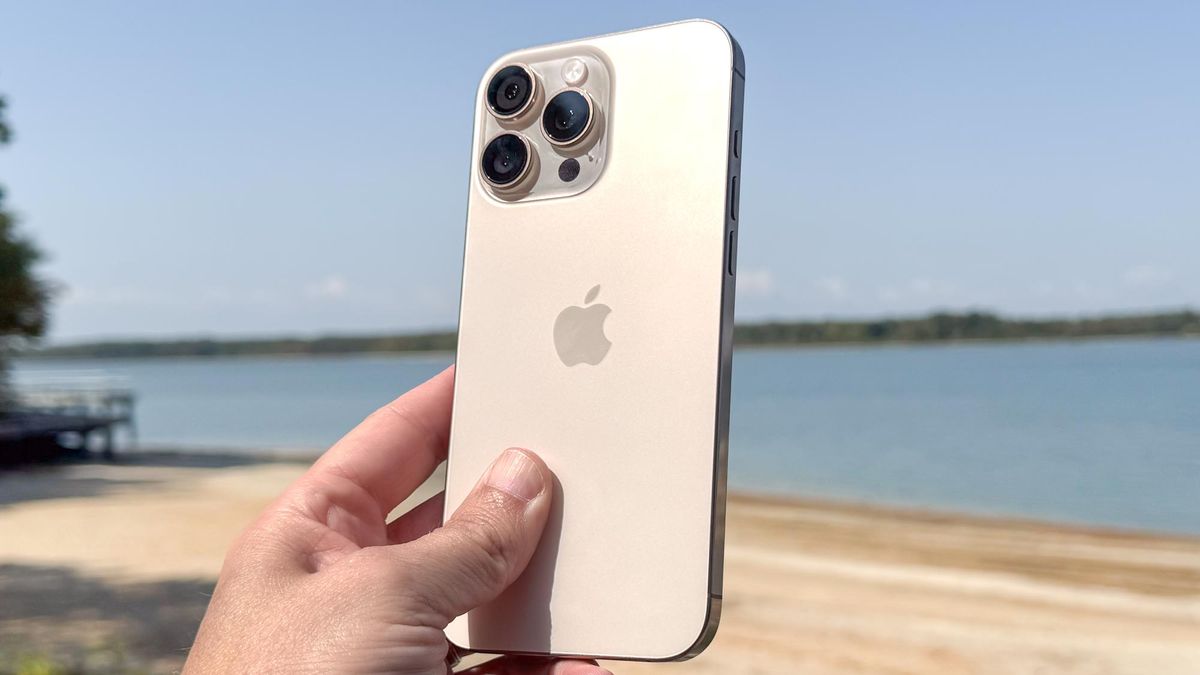
The Find My Device network was full of promise, but Android’s alternative to the tech behind Apple’s AirTag launched to a rough start in 2024. Over time, though, it seems to finally be getting better. Are you actually using it?
This issue of 9to5Google Weekender is a part of 9to5Google’s rebooted newsletter that highlights the biggest Google stories with added commentary and other tidbits. Sign up here to get it delivered to your inbox early!
After a year’s delay, to Apple’s benefit, Google finally flipped the switch on the Find My Device network for Android in mid-2024. The staged rollout took months, and left trackers from Pebblebee and Chipolo practically worthless. Compared to the likes of the AirTag and even Samsung’s Galaxy-only network, Google’s just wasn’t as good as we found in our tests, and as others showed just the same.
- Find My Device stress test: How good is Google’s tracking network? [Video]
- Someone put one of Android’s Find My Device trackers in the mail with an AirTag – the results weren’t surprising
The main struggle with the Find My Device network was seemingly Google’s privacy-forward decision to default the network to a “high-traffic” status that prevented a lot of Android phones from contributing to the network in more rural areas. Beyond that, Google also designed the network to require two devices to locate the same tracker. The two combined put the network at a steep disadvantage in the United States, a market dominated by the iPhone, and didn’t really help the situation internationally.
Google did commit to improving things, though.
One way that seems to be happening is the wider use of a message in the Find My Device app that tells users to enable tracking in all areas, not just in high-traffic locations. This prompt has been around for a while, but it seems to be appearing more consistently in recent months on devices that don’t have “low-traffic” tracking enabled.

Anecdotally, the network also just seems to be working better lately than it has in the past. Trackers connect faster – perhaps thanks to firmware and app updates – and seem to be located faster. In my travel to Las Vegas for CES 2025 this week, the Moto Tag in my checked suitcase was getting location updates just as quickly, if not faster than the AirTag next to it. That was far from true even a few months ago, and I’m impressed!
I’m sure there were plenty of behind-the-scenes improvements involved here, though I suspect most of this is simply from mass adoption and the slow process of getting people to turn on “low-traffic” support.
What do you think? Have you noticed better performance from Find My Device trackers? Have you been using them at all? I wouldn’t blame anyone for throwing in the towel on these trackers – I nearly did too – but I’m glad that, months later, things finally seem to be getting a whole lot better.
This Week’s Top Stories
CES 2025 is on the horizon
While we don’t expect to hear as much from Google this year, 2025 is kicking off as per usual with CES, one of the year’s largest tech events. We’re on the ground for the event, so expect a ton of coverage over the coming days from the show.
One announcement ahead of the show that’s already enticing is Hisense’s new L9Q short-throw projector which promises incredible 5,000 nit brightness.
- Hisense’s new L9Q short-throw projector with Google TV hits a blistering 5,000 lumens
LineageOS debuts based on Android 15
The latest version of LineageOS dropped this week, bringing Android 15 as well as support for the Pixel 9 series.
- LineageOS now officially supports the Pixel 9 series
- LineageOS 22 arrives with Android 15, new music player, and more
More Top Stories
- PSA: Pixel 80% charge limit doesn’t work while your device is powered off
- Recap: New Google Messages and RCS features launched in 2024
- The last of Fossil’s Wear OS smartwatches are finally dead
- Samsung is redesigning Good Lock with One UI 7 alongside global Play Store release
- Honey extension loses 3 million Chrome users after being exposed for shady tactics
- AAWireless TWO is finally easy to buy as the original goes away for good
- Is Samsung’s One UI 7 beta coming to more Galaxy devices?
- Google Nest and Home speakers suddenly stop working with basic commands for many
From the rest of 9to5
9to5Mac: iPhone 17 Air: Design, cameras, pricing, and more
9to5Toys: Samsung debuts ‘first monitor to integrate on-device AI’ with all-new OLED Smart Monitor M9
Electrek: Rivian (RIVN) stock surges after delivering more EVs than expected in Q4 2024
Follow Ben: Twitter/X, Threads, Bluesky, and Instagram
FTC: We use income earning auto affiliate links. More.
 1 day ago
4
1 day ago
4



















)
 English (US) ·
English (US) ·